As seasoned outdoor enthusiasts and experienced family campers, we understand the importance of finding the perfect campsite that caters to children and adults. Camping is a fantastic way to bond with your family, immerse yourself in nature, and create lasting memories. However, not all campsites are created equal when providing a kid-friendly, family-oriented experience. That is why we have a comprehensive guide to help you find the ideal campsite for your family.
When selecting a family-friendly campsite, there are several criteria to consider. Es and activities to safety measures and location, each factor plays a vital role in ensuring an enjoyable camping experience for parents and children. This blog post will cover all the essential aspects you should consider when choosing a campsite for your family.
Whether you are an experienced camper or a first-timer, this guide will equip you with invaluable information and tips to help you make an informed decision. So, let’s dive right into it and explore the world of family camping, finding kid-friendly campsites and criteria you should consider to create an unforgettable outdoor adventure for your loved ones.

The Importance of Finding Kid-Friendly Campsites for Family Camping
Finding a kid-friendly campsite should be one of our criteria when planning a family camping trip. After all, the goal is to create lasting memories and a positive experience for everyone. A well-selected campsite that caters to the needs and interests of children can make all the difference in ensuring a fun adventure for the whole family.
Factors to Consider When Selecting a Ka Fune
When searching for the perfect campsite for your family, keep the following factors in mind:
- Location: Look for a campsite not too far from amenities such as restrooms, playgrounds, and hiking trails.
- Safety: Ensure the campsite has proper safety precautions, such as fire rings, secure tent pads, and sufficient lighting.
- Activities: Consavailability of family-friendly activities, such as swimming, fishing, biking, or nature programs.
- Quiet Hours: Check if the campsite has designated quiet hours to ensure everyone has a restful night’s sleep.
- Accessibility: If you have young children, look for a campsite that is easy to reach for everyone and doesn’t require extensive hiking or rugged terrain.
Safety Precautions to Keep in Mind for Family Camping
While choosing a kid-friendly campsite is essential, it is equally important to prioritize safety during your camping trip. Consider the following safety precautions:
- Set clear boundaries for your children within the campsite and educate them about potential hazards.
- Ensure everyone wears appropriate footwear and clothing for outdoor activities.
- Keep a first aid kit handy in case of minor injuries.
- Supervise children near water bodies and teach them basic water safety rules.
- Check the weather forecast and be prepared for changes in weather conditions.
Taking these precautions can create a safe environment for your family to enjoy the taking experience.
Rememfinding a kid-friendly campsite that meets your family’s needs and preferences is crucial in ensuring an enjoyable camping trip for everyone. By considering location, safety, activities, quiet hours, and accessibility, you can select a campsite that offers comfort and entertainment for kids of all ages. Don’t forget to prioritize your family’s safety by taking necessary precautions throughout the trip. Happy camping!
Factors to Consider When Selecting a Kid-Friendly Campsite
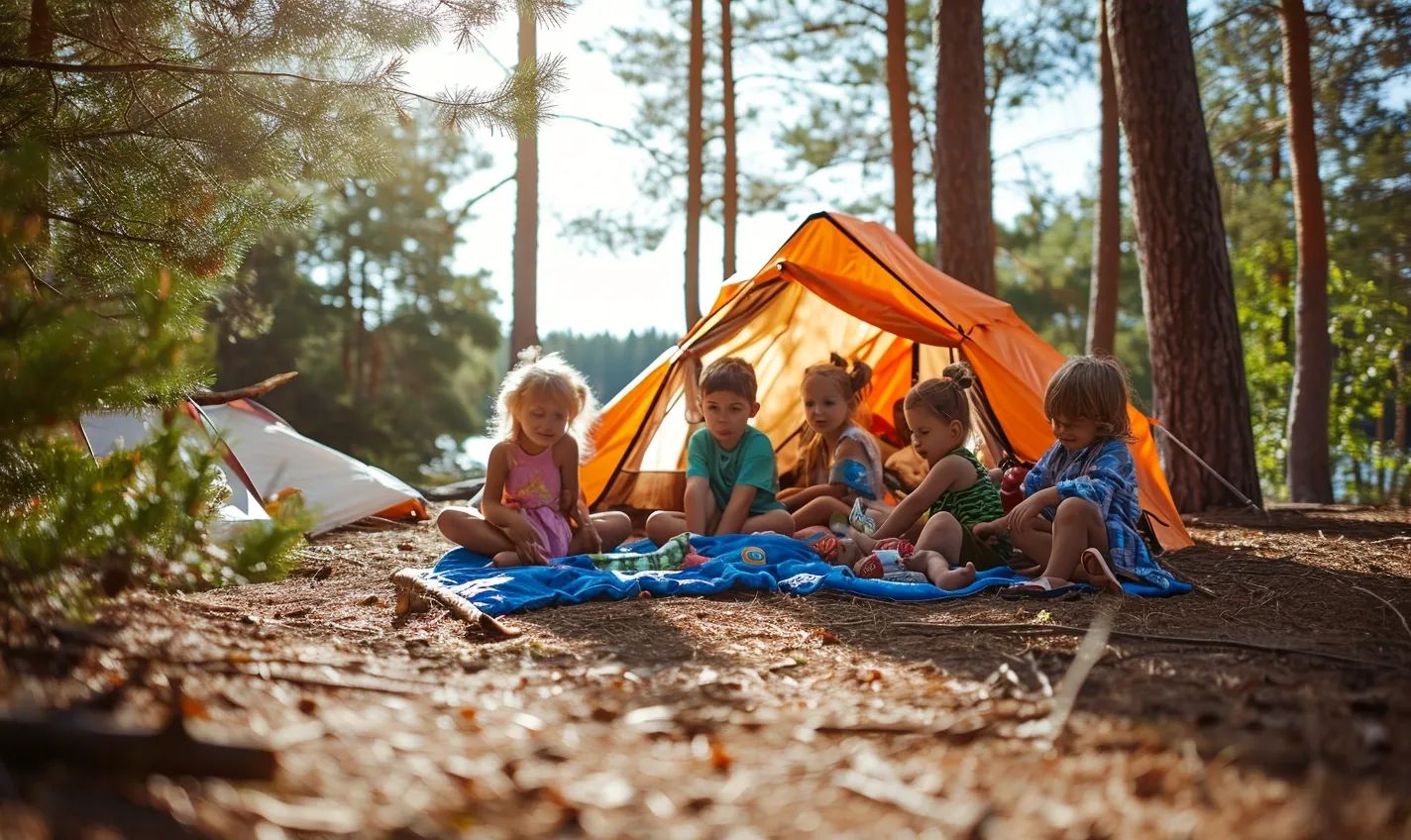
When planning a family camping trip, choosing a suitable campsite is crucial. You want to ensure that your location is safe and ideal for your little ones and provides plenty of opportunities for fun and adventure. To help you make the best decision, here are some essential factors to consider when selecting a kid-friendly campsite:
Safety
Safety should always be the top priority when camping with children. Look for campsites with safety measures, such as well-maintained trails, clearly marked boundaries, and secure fire pits. Check if the campground has any age restrictions or specific rules for children to adhere to, which can further ensure everyone’s safety.
Amenities and Activities
A family-friendly campsite should offer a range of amenities and activities to keep children entertained throughout the trip. Look for campsites with playgrounds, swimming areas, or nature trails for kids. Additionally, check if the campground offers organized activities such as scavenger hunts, crafts, or guided nature walks suitable for children of different ages.
Proximity to Facilities
Consider the campsite’s proximity to essential facilities like restrooms, showers, and water sources. These nearby amenities can make it more convenient and comfortable for families, especially when dealing with young children.
Nearby Attractions
Research the nearby attractions and points of interest around the campsite. Whether it’s a lake for boating and fishing, a national park for hiking, or a local museum for educational exploration, having exciting destinations nearby can enhance your family’s camping experience and create lasting memories.
Reviews and Recommendations
Before finalizing your choice, take the time to read reviews and recommendations from other families who have visited the campsite. Feedback from fellow campers can provide valuable insights into the overall experience, including the pros and cons of the site, ease of access, cleanliness, and suitability for kids.
Considering these factors will help you find the perfect kid-friendly campsite that meets the needs and expectations of your entire family. By selecting a safe and engaging location, you can ensure your camping trip is filled with fun, adventure, and quality time spent together. And remember, the great outdoors offers a valuable opportunity for children to disconnect from screens, connect with nature, and create lasting memories with their loved ones. So, pack up your camping gear, prepare delicious campfire meals, and embark on an unforgettable adventure with your family!
Safety Precautions to Keep in Mind for Family Camping
Camping with the whole family can be a fun and exciting adventure, but it’s crucial to prioritize the safety of everyone involved. Here are some essential safety precautions to keep in mind when planning your next family camping trip:
Research and Choose a Safe Campsite
Finding a kid-friendly campsite is crucial for a successful family camping trip. Look for campsites that have amenities such as playgrounds, safe swimming areas, and well-maintained trails. Ensure the campsite has established safety protocols and is equipped with proper fire pits, first aid stations, and emergency contacts.
Prepare a First Aid Kit
Accidents can happen even in the safest environments. Packaging a well-stocked first aid kit that includes bandages, antiseptic ointment, bug spray, sunscreen, and any necessary prescription medications is essential. Familiarize yourself with basic first aid procedures and know how to handle common camping injuries.
Practice Campfire Safety
Campfires are integral to camping but also pose risks, especially when young children are around. Teach your kids about fire safety and establish clear rules, such as staying safe from the fire, never leaving it unattended, and extinguishing it properly before leaving the campsite.
Beware of Wildlife
While encountering wildlife can be an exciting experience, it’s crucial to maintain a safe distance and follow local guidelines for wildlife safety. Store food securely in lockable containers or hang it from trees to prevent attracting animals to your campsite. Teach children about respecting wildlife and not approaching or feeding them.
Stay Hydrated and Protect Against Sunburn
Outdoor activities can quickly lead to dehydration and sunburn. Encourage everyone to drink water throughout the day, especially in hot weather. Apply sunscreen with a high SPF regularly and provide wide-brimmed hats and lightweight clothing to protect against sunburn.
Remember that your family’s safety rests in your hands, so always prioritize precautionary measures. Following these safety precautions can create a memorable and enjoyable camping experience for the whole family. Happy camping!
Essential Camping Gear Checklist for a Kid-Friendly Campsite
Sleep Comfortably
Ensuring your children get a good night’s sleep is crucial for an enjoyable camping experience. Here are some essential items to include in your camping gear checklist:
- Comfortable sleeping bags or air mattresses
- Extra blankets to keep them cozy
- Pillows for added comfort
Stay Hydrated and Snack Ready
Children are bound to get hungry and thirsty while exploring the great outdoors. Don’t forget to pack these essentials:
- Reusable water bottles for the whole family
- Plenty of snacks, such as granola bars, trail mix, and fruit
- Cooler bags to keep perishables fresh
Safety F, first
The safety of your children should always be a top priority. Be prepared by packing the following items:
- A first aid kit containing band-aids, antiseptic wipes, and essential medications
- Sunscreen to protect their delicate skin from harmful UV rays
- Insect repellent to keep those pesky bugs away
Keep Them Entertained
Children thrive when they have plenty of activities to keep them engaged. Here are some entertainment options:
- Outdoor games like frisbee, soccer ball, or badminton set
- Craft supplies for nature-themed arts and crafts
- A deck of cards or board games for family bonding time
Light Up the Night
As the sun sets, it’s essential to have proper lighting to keep everyone safe and comfortable:
- Headlamps or flashlights for each family member
- Lanterns to illuminate the campsite
- Glow sticks or LED light bracelets for a fun and festive atmosphere
Stay Warm and Dry
Weather conditions can be unpredictable, so it’s essential to be prepared for rain or chilly nights:
- Waterproof tents and tarps to keep everyone dry
- Extra layers of clothing, including warm jackets, hats, and gloves
- Raincoats and rain boots to protect against wet conditions
Packaging these essential items will prepare you for a kid-friendly camping adventure. Remember to involve your children in packing, making them feel excited and empowered for the trip. Camping with your family can create lasting memories and bring you closer together, so get ready to immerse yourselves in the beauty of nature!
Fun and Educational Activities for Kids at the Campsite
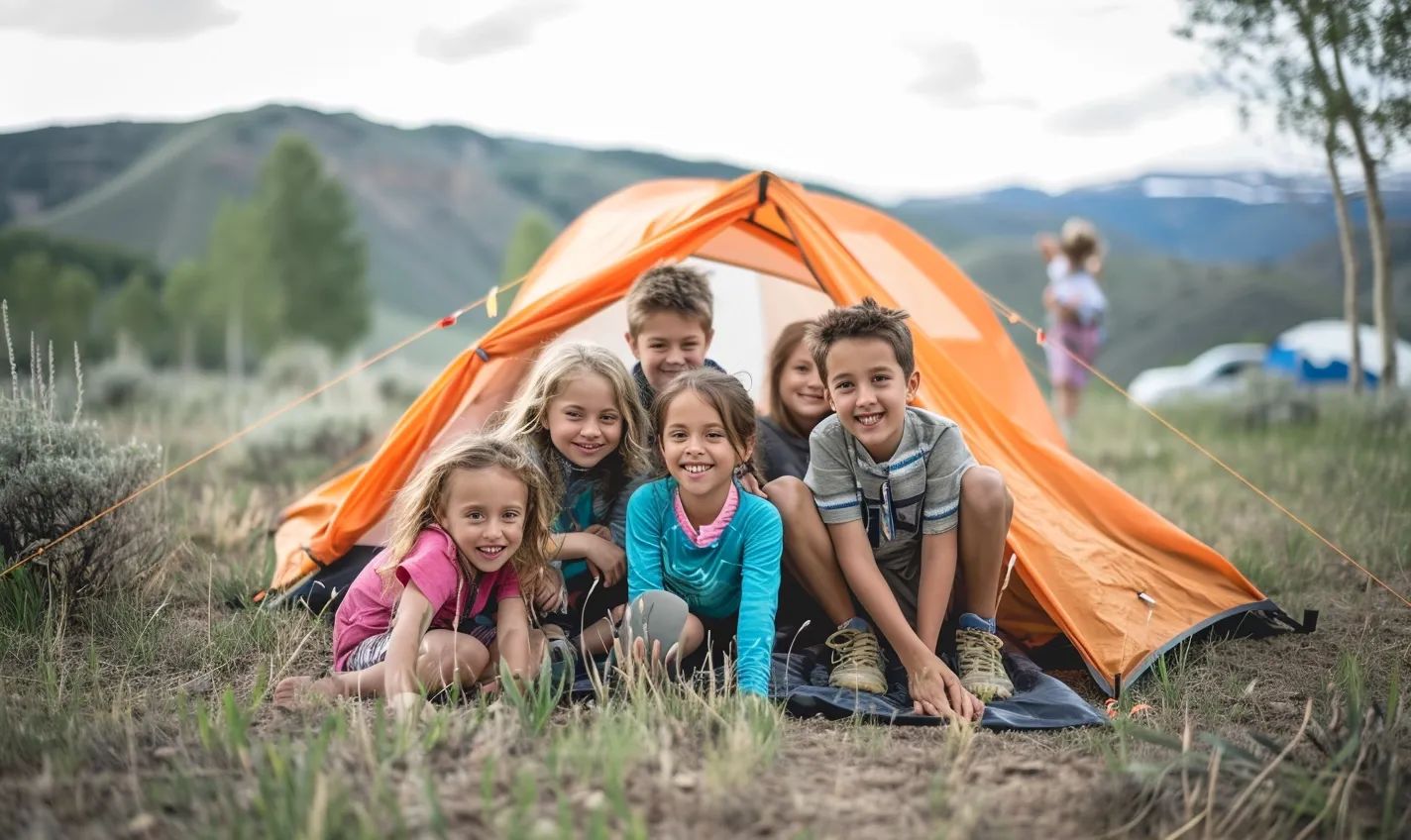
Planning activities that will keep your kids engaged, entertained, and even educated while enjoying the great outdoors is essential when embarking on a family camping trip. Here are some fun and educational activities that you can incorporate into your camping experience:
Nature Scavenger Hunt
Create a scavenger hunt checklist with items that can be found in nature, such as different types of leaves, rocks, or animal tracks. This activity will keep your kids entertained, help them learn about the surrounding environment, and develop their observation skills.
Star Gazing
Take advantage of the dark skies at night and explore the universe’s wonders with your kids. Teach them about different constellations, planets, and even some interesting facts about space. Bring a star chart or download a stargazing app to enhance the experience.
Outdoor Crafts
Encourage your kids to get creative by engaging in outdoor crafts. Please provide them with materials such as sticks, leaves, and twine to make nature-inspired artwork or even build their miniature forts. This activity will spark their imagination while connecting them with the natural surroundings.
Campfire Cooking
Involve your kids in cooking by letting them prepare easy and delicious campfire recipes. Teach them to roast marshmallows, make simple foil-packed meals, or cook over a campfire grill. This introduces them to basic cooking skills and creates a memorable bonding experience.
Nature Journaling
Encourage your kids to observe and record their experiences in a nature journal. Please provide them with a notebook and colored pencils, and have them sketch plants, insects, or animals they encounter during hikes or nature walks. It’s an excellent way for them to document their camping adventures and enhance their creativity.
Storytelling Around the Campfire
Gather around the campfire and share stories with your kids. Whether telling a classic tale or creating a story together, this activity promotes imagination and language development and creates a cozy atmosphere. Don’t forget the s’mores to make the storytelling experience even more enjoyable!
Remember, the key is to balance fun and education during these activities. The camping environment offers an excellent opportunity for kids to learn and explore the natural world around them. By incorporating these activities into your camping trip, you’ll create lasting memories and foster a love for nature in your children.
Tips for Keeping Kids Engaged and Entertained during Family Camping

Family camping trips can be an excellent way to create lasting memories and bond with your loved ones. However, keeping your kids engaged and entertained is important to ensure that everyone has a fantastic time. Here are some helpful tips to make your family camping adventure enjoyable for the little ones:
Plan Activities in Advance
Before heading out on your camping trip, take some time to research the area and plan activities that are suitable for your children’s age and interests. Look for nearby hiking trails, nature walks, or wildlife spotting opportunities. Pack outdoor games, such as frisbees or a ball, to keep them active and entertained.
Involve Your Kids in Campsite Setup
Setting up the campsite can be a fun and educational activity for kids. Assign them age-appropriate tasks, like collecting firewood or helping with tent assembly. Not only will this keep them engaged, but it also instills a sense of responsibility.
Bring Books, Crafts, and Board Games
When you’re spending time at the campsite, having some quieter activities for downtime is essential. Pack a selection of your children’s favorite books, puzzles, coloring books, or craft supplies to keep them entertained during the quieter moments of your camping trip.
Encourage Nature Exploration and Scavenger Hunts
Camping provides a unique opportunity for kids to connect with nature. Please encourage them to explore the surrounding environment by going on nature walks or organizing scavenger hunts. Please provide them with a checklist of items to find, such as different types of leaves, animal tracks, or specific rocks.
Embrace the Nighttime Adventure
Nighttime can be a magical time during a camping trip. Bring glow sticks or flashlights for a fun game of flashlight tag or tell stories around the campfire. Stargazing can also be a fascinating activity for your little ones, so try to identify constellations together.
Allow for Free Play and Unstructured Time
While having planned activities is good, don’t forget to allow free play and unstructured time. Let your kids explore their surroundings, build forts, or play in nature. This helps foster their creativity and imagination.
Balancing planned activities and unstructured playtime is critical to a successful family camping trip. By incorporating these tips, you can keep your kids engaged and entertained and create cherished memories they’ll treasure forever.
Creating a Comfortable and Cozy Sleeping Setup for Kids
When going on a family camping trip, one of the most important things to consider is creating a comfortable and cozy sleeping setup for your kids. After a day full of fun and adventurous activities, a good night’s sleep is essential for their well-being and enjoyment of the camping experience. Here are some tips to help you create the perfect sleeping setup for your little ones:
Choose the Right Sleeping Bags
Invest in high-quality sleeping bags designed specifically for kids. Look for bags that are warm, lightweight, and durable. Opt for easily compressed and carried ones, making them ideal for camping trips. Additionally, consider sleeping bags with fun and colorful designs to excite your kids and make them feel more comfortable.
Provide Extra Padding
Add a layer of extra padding under your kids’ sleeping bags to ensure a cozy night’s sleep. Thick foam sleeping pads or inflatable mattresses can provide additional cushioning, insulation, and support. This will make sleeping on the hard ground more comfortable for them.
Use Pillows and Blankets
Like at home, pillows and blankets can make a difference in achieving a comfortable sleeping setup. Bring their favorite pillows from home and provide cozy blankets to keep them warm throughout the night. A comfortable and familiar sleeping environment will help your kids relax and sleep easily.
Create Separate Sleeping Areas
If you have multiple kids, consider setting up separate sleeping areas for each child. This will give them a sense of privacy and personal space, which can help them feel more comfortable and relaxed. You can use dividers or portable tents to create individual sleeping zones within the giant family tent.
Keep Noise and Light to a Minimum
Children are more sensitive to noise and light disruptions while sleeping. Choose a campsite away from noisy areas and bring earplugs to drown out unwanted sounds. Use blackout curtains or shades to block out early morning sunlight and ensure your little ones get the rest they need.
By creating a comfortable and cozy sleeping setup for your kids, you can ensure that they have a restful and enjoyable camping experience. Remember, a good night’s sleep equals happy campers!
How to Prepare Kid-Friendly Meals while Camping

Regarding family camping, one of the essential aspects to consider is providing nutritious and delicious meals that the whole family can enjoy. However, cooking meals in the great outdoors can be a bit challenging, especially when it comes to catering to the specific tastes and preferences of your little ones. To make your camping experience enjoyable and stress-free, here are some tips on how to prepare kid-friendly meals while camping:
Plan Ahead:
Before embarking on your family camping adventure, take some time to plan your meals. Consider your children’s favorite foods and find ways to incorporate them into your camping menu. Aim for a good balance of proteins, vegetables, fruits, and grains to ensure a well-rounded diet.
Here’s a simple example of a camping meal plan:
- Breakfast: Pancakes with fresh fruits
- Lunch: Sandwiches with a side of raw veggies
- Dinner: Grilled chicken or fish with roasted vegetables
- Snacks: Trail mix, yogurt, and granola bars
Keep It Simple:
Camping meals don’t have to be complicated. Stick to easy-to-prepare recipes that require minimal equipment and ingredients. One-pot meals, foil packet recipes, and grilled sandwiches are significant options for saving time and cleaning effort.
Involve the Kids:
Involving your children in meal preparation can excite them about camping meals. Assign age-appropriate tasks such as washing vegetables, mixing ingredients, or assembling sandwiches. This helps teach them valuable life skills and makes them appreciate the food they eat.
Pack Kid-Friendly Snacks:
Keep hunger at bay by packing a variety of kid-friendly snacks. Cut fruits and vegetables into bite-sized pieces for easy snacking, and bring pre-portioned snacks like granola bars or crackers. Don’t forget to pack plenty of water and other beverages to keep everyone hydrated.
Get Creative:
Camping meals can be an opportunity to get creative with your cooking. Try making campfire pizzas using pre-made crusts, or let your children build their nachos with customizable toppings. Making cooking a fun and interactive experience will satisfy your kid’s appetite and create lasting memories.
Remember, the key to preparing kid-friendly meals while camping is to keep things simple, involve your little ones, and embrace the outdoor cooking adventure. By following these tips, you’ll ensure your family camping trips are filled with delicious meals everyone will enjoy.
Building Lasting Memories: Bonding Activities for the Whole Family at the Campsite

Camping provides the perfect opportunity for families to bond and create lasting memories together. Away from the distractions of modern life, the campsite becomes a space where families can connect and have meaningful experiences. Here are some bonding activities that will help you make the most of your family camping trip:
Nature Scavenger Hunt
Embark on a nature scavenger hunt and explore the natural surroundings of your campsite. Create a list of items for your kids to find, such as different types of leaves, animal tracks, or specific rocks. Encourage teamwork and communication as you search for these treasures together. The excitement of finding each item will bring your family closer and deepen your connection to nature.
Campfire Storytelling
Gather around the campfire and take turns telling stories. Encourage your kids to share their imaginative tales or retell their favorite stories. The crackling fire and the darkness of the night will create a cozy ambiance that enhances the storytelling experience. This activity allows everyone to bond as they listen, engage, and unleash their creativity.
Outdoor Games
Engage in outdoor games that the whole family can enjoy. Classics like scavenger hunts, sack races, or charades are perfect for camping trips. These games promote friendly competition, cooperation, and laughter. They also provide opportunities for parents and children to collaborate and problem-solve together.
Stargazing
Take advantage of the clear night skies at the campsite and indulge in some stargazing. Lay out a blanket and spend time identifying constellations or marvel at the vastness of the universe. Please encourage your children to ask questions and share their wonderment. This activity fosters a sense of awe and allows everyone to appreciate the beauty of the natural world.
Outdoor Cooking
Get everyone involved in preparing meals over the campfire. Assign age-appropriate tasks to each family member, such as gathering firewood, washing vegetables, or flipping burgers. The shared responsibility of cooking will strengthen family bonds and teach essential life skills. The delicious meals cooked together will be a cherished memory for years.
Remember, the key to a successful family camping trip is to focus on the experience rather than perfection. Embrace the spontaneity of nature and allow your family to connect authentically. These bonding activities will create lasting memories and foster stronger relationships among family members. So pack your gear, head to a kid-friendly campsite, and embark on a journey of connection, adventure, and togetherness.
Responsible Camping: Teaching Kids About Leave No Trace Principles
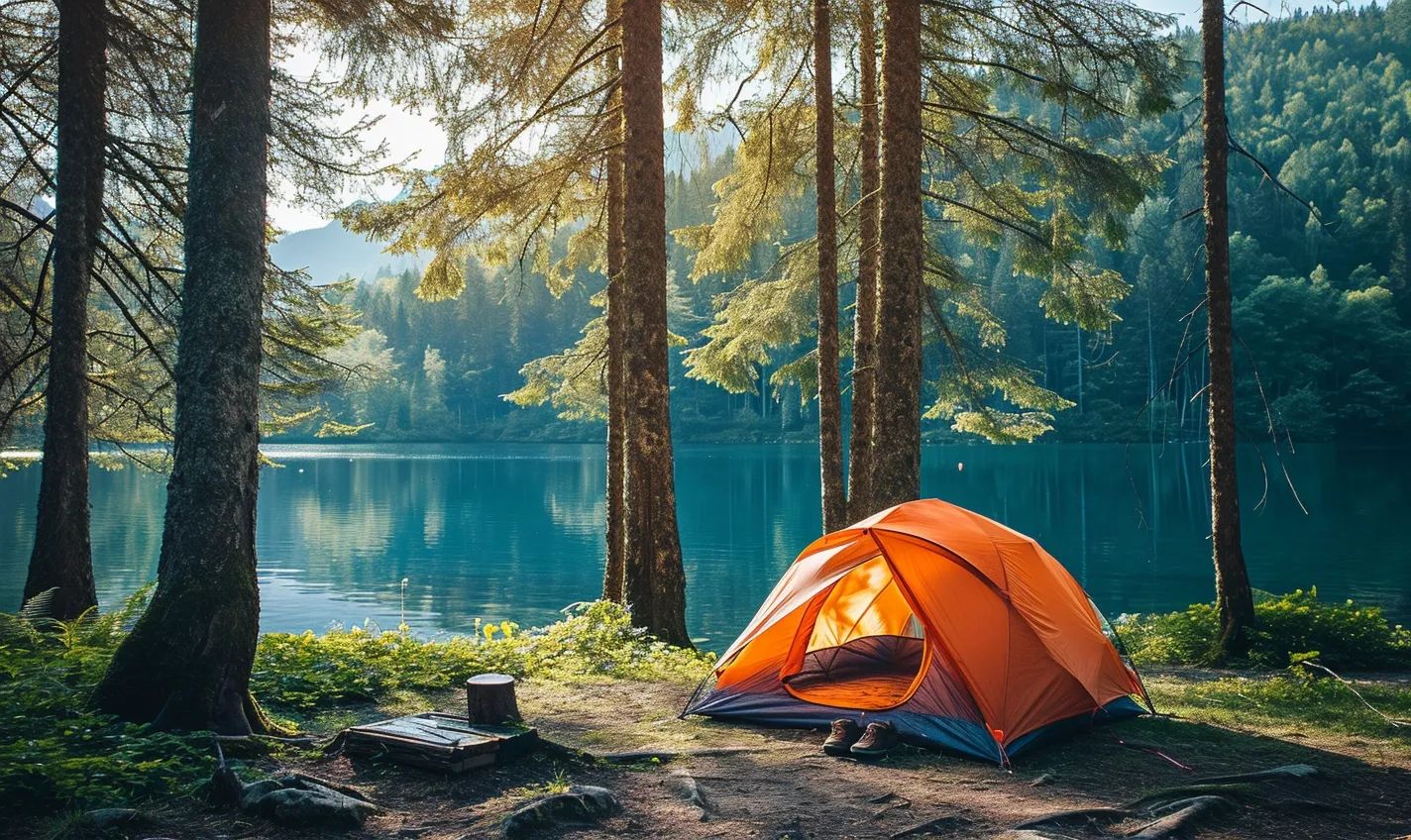
Family camping trips are a fantastic way to bond, explore the great outdoors, and create lasting memories. However, teaching your kids about the importance of responsible camping and Leave No Trace principles is essential. By doing so, you are instilling in them a sense of stewardship for the environment and ensuring that future generations can enjoy the beauty of nature.
What are Leave No Trace Principles?
Leave No Trace is a set of principles that guides outdoor enthusiasts to minimize their environmental impact. It encourages responsible behavior, such as leaving campsites as you found them, properly disposing of waste, and respecting wildlife and vegetation.
How to Teach Kids about Leave No Trace Principles
When planning your family camping trip, take the opportunity to educate your children about Leave No Trace principles. Here are some tips to help you get started:
- Lead by Example: As parents, it is crucial to practice what we preach. By demonstrating responsible camping behavior, such as picking up trash and following trail etiquette, you are setting a positive example for your kids.
- Explain the Principles: Use age-appropriate language to explain each Leave No Trace principle to your children. Discuss the impact of their actions on the environment and the importance of preserving nature for future generations.
- Engage in Hands-On Activities: Make learning fun by engaging in hands-on activities related to Leave No Trace principles. For example, have your kids help you set up a Leave No Trace station at your campsite, where they can learn about proper waste disposal and recycling.
- Play “Leave No Trace” Games: Turn learning into a game by creating scavenger hunts or quizzes related to Leave No Trace principles. This interactive approach will keep your kids engaged and excited about responsible camping.
- Encourage Exploration and Observation: Encourage your children to explore and observe nature while camping. Teach them the importance of not disturbing wildlife or damaging vegetation, ensuring they understand the impact their actions can have on fragile ecosystems.
By incorporating these strategies into your family camping trip, you can create a fun and educational experience for your children, teaching them to value nature and be responsible stewards of the environment.
Remember, responsible camping is not a one-time lesson but an ongoing practice. Continuously reinforce Leave No Trace principles and encourage your children to share their knowledge with others. By doing so, you raise environmentally conscious individuals who prioritize sustainability throughout their lives.
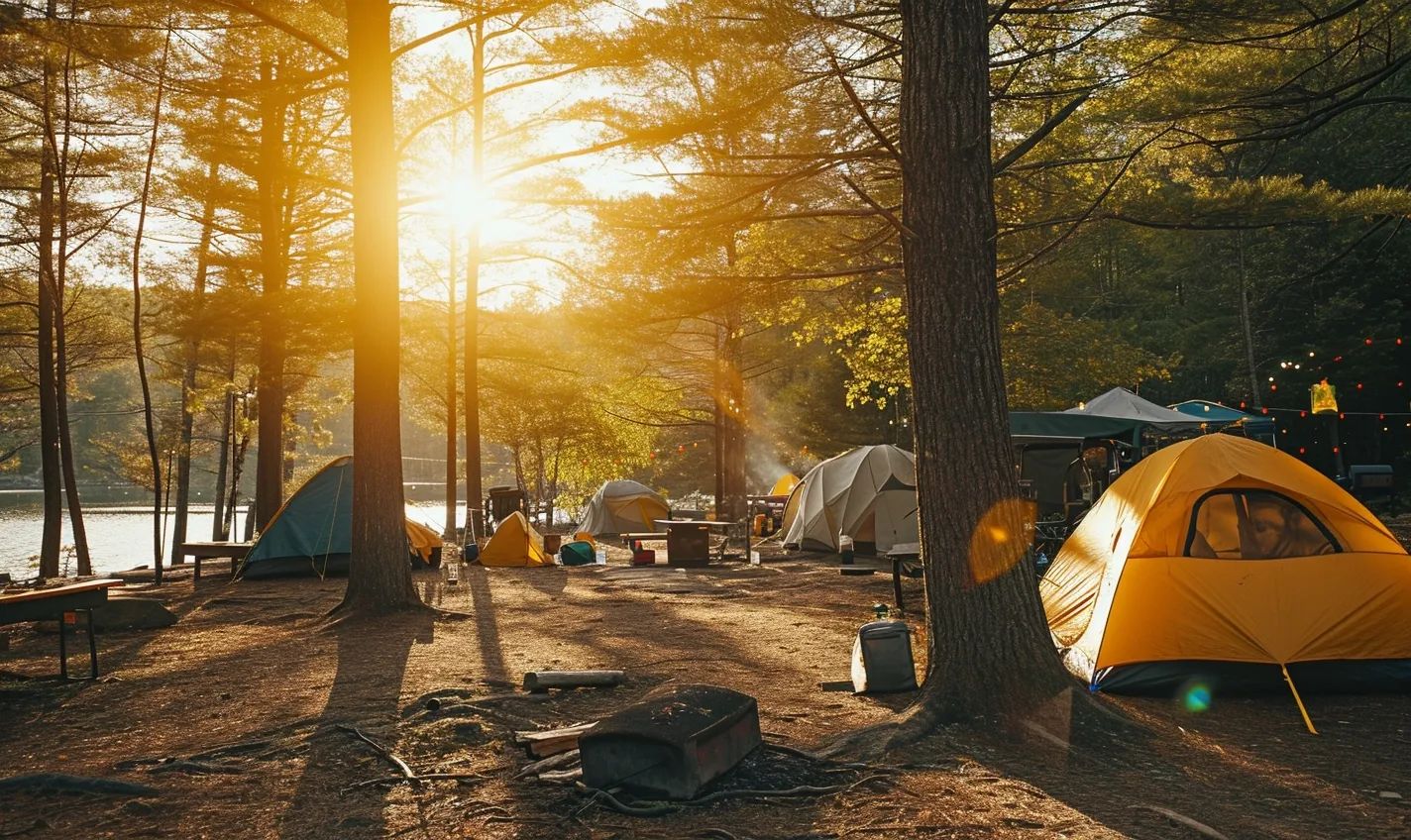
Conclusion
In conclusion, finding the perfect kid-friendly campsite for your family camping trip is essential to ensure a fun and memorable experience for everyone. You can narrow down your options and make an informed decision by following the criteria mentioned in this blog post, such as access to amenities, safety measures, and recreational activities. Remember to involve your kids in planning and consider their interests and preferences.
Once you have chosen the ideal campsite, pack all the necessary gear, including comfortable sleeping arrangements and essential camping equipment. With proper preparation and research, you can ensure that your family camping trip succeeds and creates lasting memories for all family members.
So, gather your loved ones, embrace the beauty of nature, and embark on a family camping adventure. With the right campground and thoughtful planning, you can create lifelong memories of togetherness, exploration, and fun in the great outdoors.
Frequently Asked Questions (FAQs)
Frequently Asked Questions about Family Camping
What is family camping?
Family camping is a recreational activity where families spend time outdoors, usually in a natural setting, by setting up tents or staying in RVs or cabins. It allows families to bond, enjoy nature, and create lasting memories.
What criteria should I consider when choosing a family-friendly campsite?
When selecting a family-friendly campsite, consider safety, amenities, location, and available activities. Look for campsites with playgrounds, hiking trails, swimming areas, and clean facilities to ensure an enjoyable experience for the whole family.
How do I find kid-friendly campsites?
You can use online camping directories and websites explicitly catering to family campers to find kid-friendly campsites. Read reviews from other families and look for campsites that offer activities suitable for children, such as nature programs, mini-golf, or organized games.
What are some essential camping skills for families?
Some essential camping skills for families include setting up tents, starting a campfire safely, cooking outdoors, basic first aid knowledge, and properly storing food to keep away wildlife. It’s also important to teach children about nature conservation and leave-no-trace principles.
How can I keep my kids entertained while camping?
There are various activities to keep kids entertained while camping. Plan outdoor games like scavenger hunts, bring board games and cards, encourage nature exploration, introduce them to stargazing, and involve them in campfire cooking or storytelling sessions.
What safety measures should I take while camping with my family?
Pack a well-stocked first aid kit to ensure safety while camping with your family, familiarize everyone with the campground rules and safety guidelines, teach kids to identify hiking trail markers, stay hydrated, apply sunscreen, and keep a safe distance from wild animals.







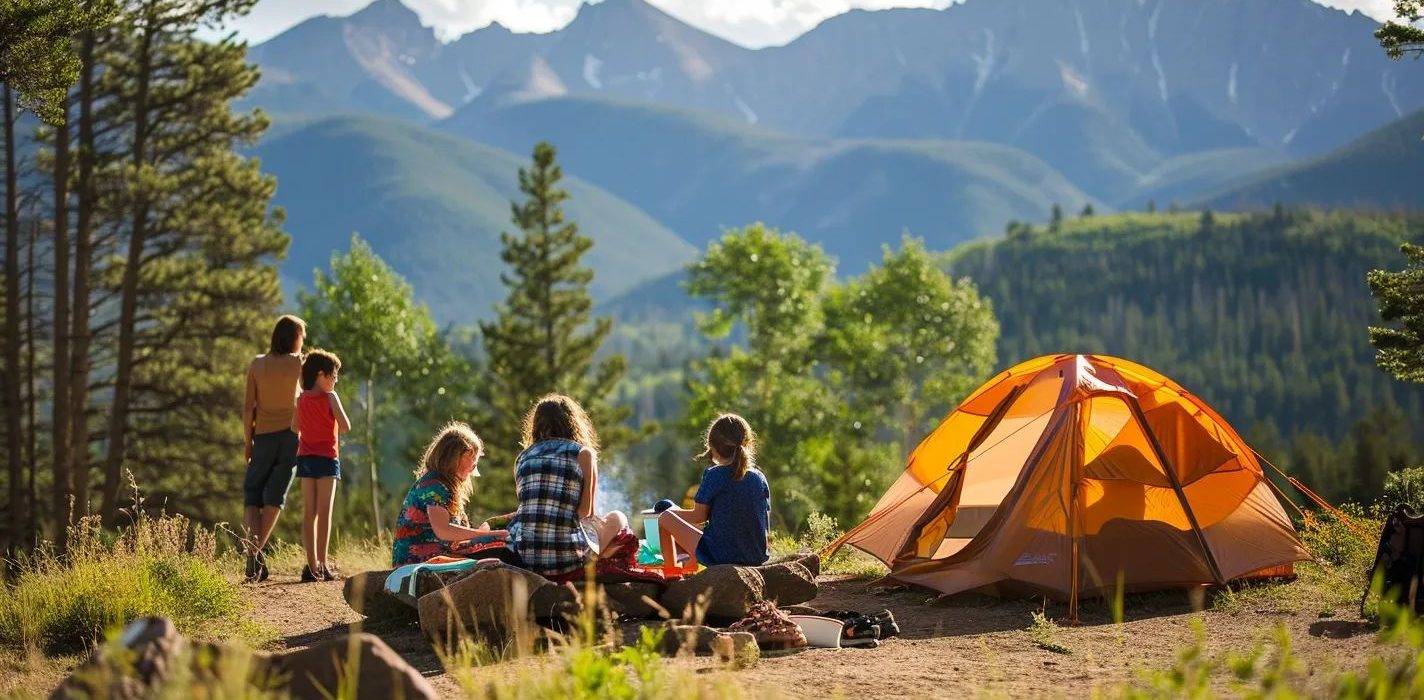


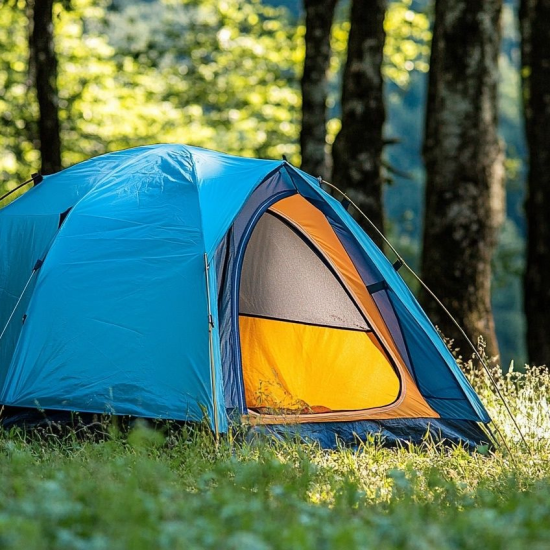
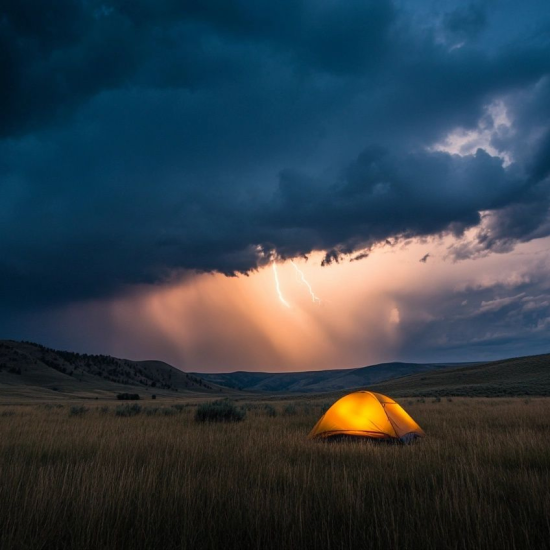
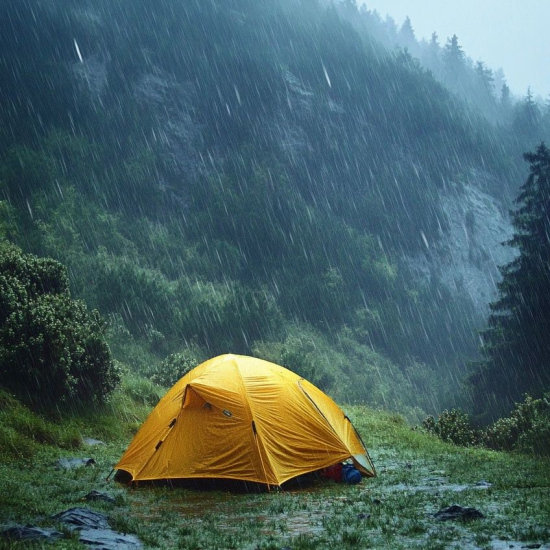
No Comment! Be the first one.